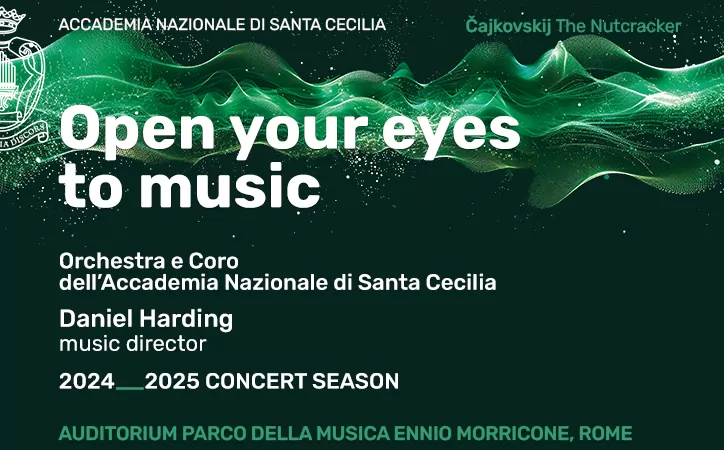Highway to the sun.
Its recent 40th birthday went largely unnoticed and uncelebrated. Yet the Autostrada del Sole is the longest motorway in Italy, hosts an average of over 58,000 vehicles a day along its 803.5 km, and has a lovely, almost poetic-sounding name (though it is for the most part now referred to as the far more prosaic A1). Its beginnings were difficult but auspicious. After eight years of frantic excavation, levelling and construction work, the Motorway of the Sun was inaugurated on 4 October 1964. The then premier, Aldo Moro, announced the opening of the new four-lane toll motorway in an atmosphere of genuine pride and euphoria.
The first two cars to try the new north-south expressway were driven by two female students (one from Milan, the other from Naples) who each set off from their hometowns in Fiat 500s, the ultimate symbol of Italys post-war industrial and economic boom.
The Bologna-Florence section of this long gleaming expanse of tarmac was considered by many critics and foreign engineers a model and feat of modern engineering, carved as it is through the Apennine mountains and encompassing tunnels, bridges and some remarkably steep gradients.
The rejoicing was relatively short-lived, however, as car-fanatic Italians ensured that the motorways popularity outstripped all expectations. One of the main thorns in the side of the whole project was to become the very Bologna-Florence section its designers were so proud of. By the mid-1990s this stretch was hosting well over double the 20,000 car-a-day saturation capacity intended for the motorway in its original design. Currently, about three times that amount travel on it. Moreover, as anyone who has driven on this stretch of road will recount, it is replete with tight curves and steep slopes. It has just two lanes in each direction, with an emergency lane only for heavy vehicles in the stretches with the steepest slopes and in the numerous tunnels there are no emergency lanes whatsoever. Add to this the frequently foggy and adverse weather conditions due to the altitude of the road, and the countless lorries that frequent it (30 per cent of the total traffic), and you have, at best, a major cause for delays and queues and, at worst, a death trap. In fact the accident rate along the Bologna-Florence stretch of the A1 is twice the national average for motorways, the maintenance costs are triple the national average and the average speed attained in intense traffic is 60 km/h (40 km/h for lorries). No wonder it is the bane of the now-privatised motorway network.
The first plans for expanding this area of the motorway and building a new interconnected route along the Apennine stretch were developed back in the 1970s. However, it took until 2001, after years of vetoes and blocks, to get the necessary approvals to start the works. On 23 February 2001 the government confirmed the decision to expand and modernise the entire 125 km Bologna-Florence stretch, including the 32.5 km of Apennine section, but above all to undertake the 2.8 billion Variante di Valico project, so-called because it will divert vehicles on to a 59 km variant from Sasso Marconi to Barberino. After its completion in 2007 about 90 per cent of the current lorry traffic and 40 per cent of light traffic should be diverted on to the new road. Once finished, the drive from Bologna to Florence at 130 km/h should take only 40 minutes. Environmental issues aside, how can any other road beat that?
Environmentalists argue that trains should take on much of Italys freight transport, and that the new four-lane Ravenna-Orte E45 super highway (which is seen as a replacement route during the works on the Bologna-Florence motorway) is vastly under-used and could be taken to bypass the Apennine route entirely. However it means a diversion eastwards to the Adriatic coast which increases travel time considerably.
The south is also playing its part in expanding Italys network of secure and modernised motorways. By 2008 the oft-cursed four-lane A3 motorway from Salerno (south of Naples) to Reggio Calabria should be ready. The main artery to the south is a necessary evil for travellers going to Basilicata, Calabria or Sicily. Constant roadworks are transforming the approximately 350 km dual carriageway (two narrow lanes with no emergency lane in either direction) into four wider lanes in each direction. Moreover various junctions are being enlarged and tollbooths redistributed.
Driving along the road at the moment is a testing experience. Traffic is frequently redirected on to one of the two carriageways, an irritant made worse along the most southern part of the Calabria stretch where not a single workman or machine can be seen in action. Traffic blocks as long as 30 km are legendary and common in summer on the stretch south of Salerno, aptly renamed the Imbuto dItalia (funnel of Italy). Far worse is the news that numerous companies carrying out the construction have gone bankrupt or abandoned the work, which has meant that many contracts have been cancelled, increasing worries that the completion date is but a pipedream. Furthermore, in 2002 the anti-mafia investigation department (DIA) made 37 arrests, which included five national and regional officials in charge of the works, for mafia-like criminal association and extortion. Despite this, the minister for infrastructure and transport, Pietro Lunardi, recently assured parliament that the 2008 completion date is still on track. In the meantime, the A3s frequent users can console themselves with the fact that it is one of Italys few motorways that is still cost-free; something that is set to change when(ever) the motorway is completed.


















